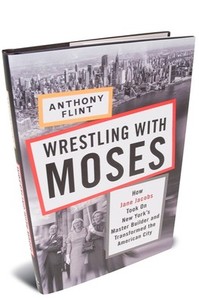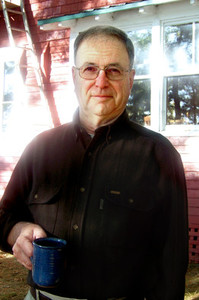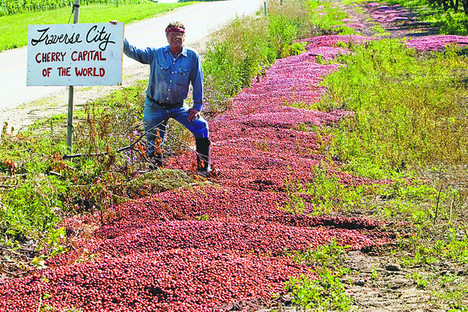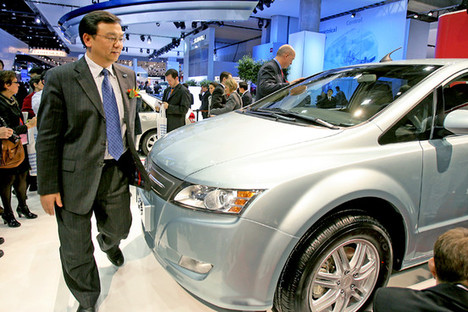As an economics graduate student at Harvard, David Rockefeller was a student of Joseph Schumpeter.
After Schumpeter died, his wife spent the last few years of her life working to pull together the disorganized, but nearly completed, manuscript of Schumpeter’s magnificent History of Economic Analysis. In her preface, Mrs. Schumpeter writes: “It seems appropriate at this point to acknowledge gratefully a gift from David Rockefeller and a grant from the Rockefeller Foundation which made possible much of the secretarial and editorial assistance outlined above.” (p. x)
Below I quote a few passages from David Rockefeller’s reaction to Obama’s imposition of tariffs on Chinese automobile tires:
(p. A21) AS if he needed another policy concern to distract him from the health care debate, President Obama now finds himself embroiled in a quarrel with China over his imposition of a steep tariff on automobile tires from that country that is to take effect this week. The Chinese have responded by threatening to impose higher tariffs on American chicken. This may seem like a petty dispute, but the controversy could endanger the global economic recovery if the underlying issue — the rise in protectionism –is not resolved quickly and forcefully. Perhaps Washington has justification for increasing tariffs in this particular case, but in general it sets a bad precedent.
President Obama should resist the desire to accommodate the forces of protectionism from unions, environmentalists and cable television pundits alike. Giving in to their demands may be politically astute, but it would send the wrong message to our trading partners and, more important, inflict damage on the already weakened American economy. Despite the recent rally in the stock market, the next two or three years could still be very painful.
I lived through the stock market crash of 1929 and the Great Depression that followed it, and I saw that there was no direct cause and effect relationship. Rather, there were specific governmental actions and equally important failures to act, often driven by political expediency, that brought on the Depression and determined its severity and longevity.
One critical mistake was America’s retreat from international trade. This not only helped to turn the 1929 stock market decline into a depression, it also chipped away at trust between nations, paving the way for World War II.
For the full commentary, see:
DAVID ROCKEFELLER. “Present at the Trade Wars.” The New York Times (Mon., September 21, 2009): A21.
(Note: the online version of the commentary is dated Sun., Sept. 20.)




